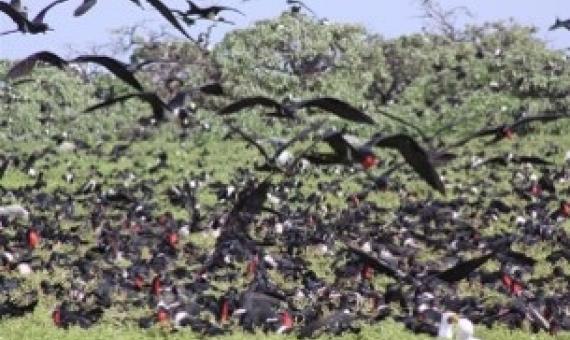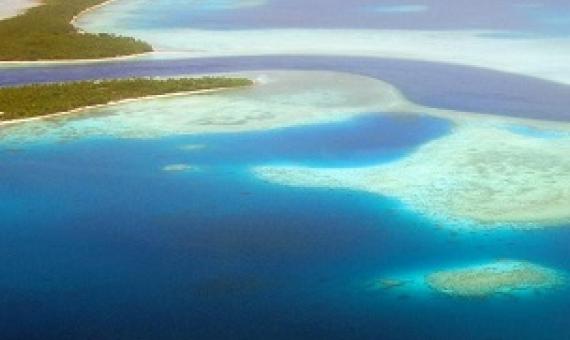A decade ago, the international community pledged to protect 10% of the ocean by the end of 2020, under the auspices of the U.N. Convention on Biological Diversity.
A recently published study in the journal Science gives recommendations for decision-makers preparing to set new biodiversity goals at the Convention on Biological Diversity (CBD) in 2021.
Area-based conservation in the twenty-first century
Humanity will soon define a new era for nature—one that seeks to transform decades of underwhelming responses to the global biodiversity crisis. Area-based conservation efforts, which include both protected areas and other effective area-based conservation measures, are likely to extend and diversify. However, persistent shortfalls in ecological representation and management effectiveness diminish the potential role of area-based conservation in stemming biodiversity loss.
An international report says the world has failed to meet any of its 2020 biodiversity targets for birds. The Aichi targets were set in 2010 at a meeting of Parties to the Convention on Biological Diversity in Japan.
We believe that countries must take into account lessons from the failure to meet the Aichi targets; the greatest being failure to allocate resources to stop degradation of ecosystems and fight climate change.
Without immediate action we face catastrophic loss of nature and biodiversity and increasing risks of pandemics as a result, as showcased in a major report released by the UN Convention on Biological Diversity last week.
The main goal of this series of webinars is to promote the uptake of the science in which the DSP is based by potential users (especially CBD focal points or government representatives). Further, it aims to get feedback from the participants to improve the DSP interface and the training itse
Global Biodiversity Outlook 5 - Summary for Policymakers
Humanity stands at a crossroads with regard to the legacy it leaves to future generations. Biodiversity is declining at an unprecedented rate, and the pressures driving this decline are intensifying. None of the Aichi Biodiversity Targets will be fully met, in turn threatening the achievement of the Sustainable Development Goals and undermining efforts to address climate change.
Cost-effective priorities for the expansion of global terrestrial protected areas: Setting post-2020 global and national targets
Biodiversity loss is a social and ecological emergency, and calls have been made for the global expansion of protected areas (PAs) to tackle this crisis. It is unclear, however, where best to locate new PAs to protect biodiversity cost-effectively. To answer this question, we conducted a spatial meta-analysis by overlaying seven global biodiversity templates to identify conservation priority zones. These are then combined with low human impact areas to identify cost-effective zones (CEZs) for PA designation.
The United Nations Foundation and The MPA Guide Advisory Group are pleased to invite you to a webinar on September 9 at 11:30 a.m. ET/5:30 p.m.













